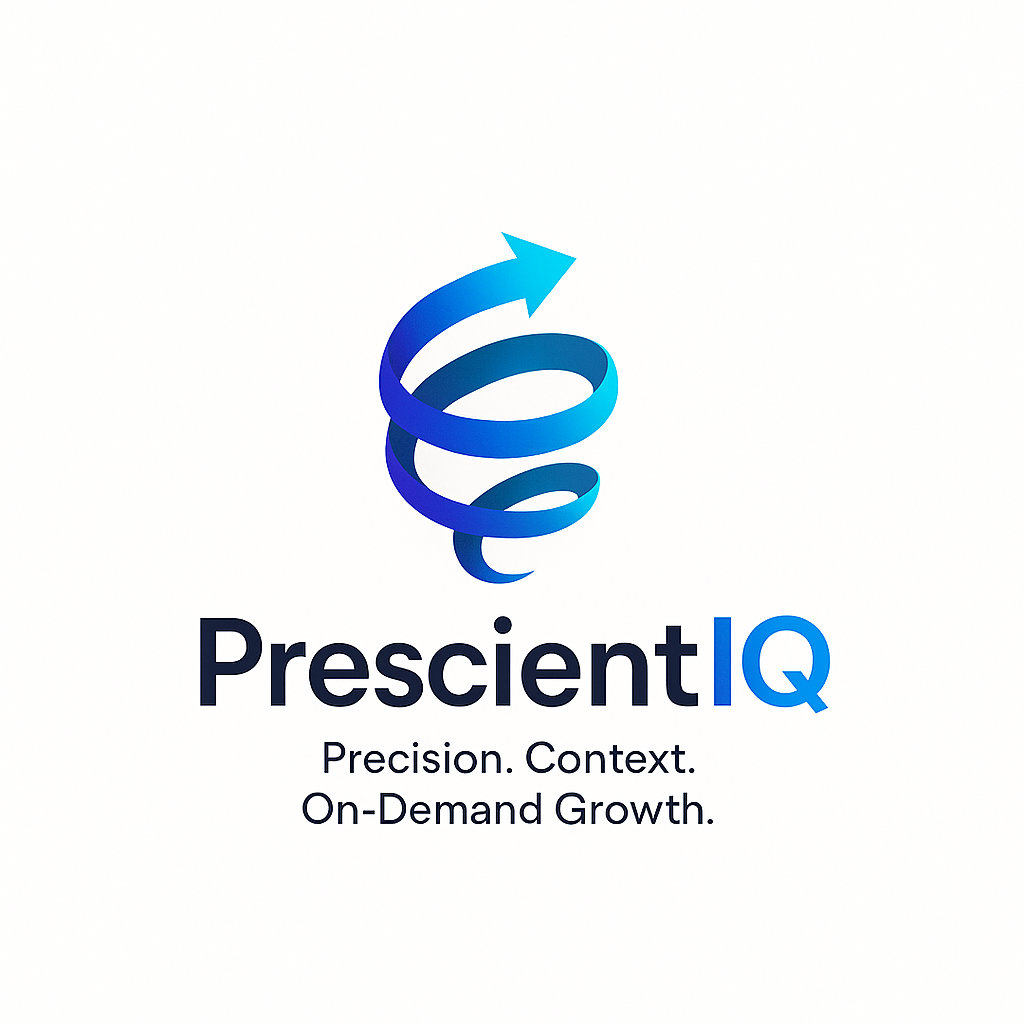The Ultimate Guide to Product Roadmap Templates: Everything You Need to Know
The Ultimate Guide to Product Roadmap Templates: Everything You Need to Know
In a highly competitive business landscape, strategic planning is a crucial factor that drives a product’s success. Essential in this process is a product roadmap template.
Product developers, project managers, and key stakeholders often ask: What is a product roadmap? How can it improve our product development process? Who should create and manage it? Or even, why should we use a product roadmap template?
Understanding and leveraging a product roadmap template can significantly contribute to your product’s success. Hence, this article will provide a comprehensive overview of a product roadmap template – what it is, who, when, what, and why to use it, and how to craft one effectively.
What is a Product Roadmap Template?

A product roadmap template is a strategic document that outlines the vision, direction, priorities, and product development progress over time.
It communicates the ‘what’ and ‘why’ behind a product’s features and enhancements, aligning with the ever-changing business strategies and customer requirements.
This tool typically coordinates activities among product development teams and stakeholders. It provides a shared understanding of the product’s journey, creating a platform for discussion and decision-making.
Who Uses a Product Roadmap Template?
Various individuals leverage a product roadmap template across different stages of product development.
Product managers should use a product roadmap template to communicate their product plans to stakeholders, align team members on product goals, and prioritize product initiatives. Here are some specific situations where a product roadmap template would be particularly useful:
- During the early stages of product development, A product roadmap can help product managers define the product vision and strategy and communicate this vision to stakeholders to gain buy-in.
- When making decisions about product priorities: A product roadmap can help product managers prioritize features and initiatives based on their alignment with the product strategy and their potential impact on the business.
- When communicating product plans to customers: A product roadmap can be used to share upcoming product releases with customers, generating excitement and anticipation for new features.
- When aligning team members on product goals: A product roadmap can help ensure that everyone on the product team is working towards the same goals and understands the big-picture context of their work.
- When tracking product progress over time: A product roadmap can track progress against planned milestones, identify potential roadblocks, and adjust the roadmap as needed.
In general, product managers should use a product roadmap template whenever they need to visualize and communicate their product plans clearly and concisely. A well-crafted product roadmap can be valuable for aligning stakeholders, prioritizing initiatives, and driving product success.
Some key players include:
- Product Managers: They primarily own the roadmap and thus are critically involved in creating, maintaining, and adjusting it based on business strategy and market changes.
- Product Development Teams: A detailed roadmap guides this team — engineers, developers, designers — by identifying what product features need development or improvement and when.
- Stakeholders: Directors, executives, investors, and customers also use the roadmap to understand the product’s strategic direction and progress.
What is Included in a Product Roadmap?

A product roadmap is a high-level visual summary that maps out the vision and direction of your product offering over time. It communicates the why and what behind what you’re building, and it serves as a guiding strategic document and a plan for executing the product strategy.
Here are the key elements that should be included in a product roadmap:
1. Product Vision and Goals:
- What is the overarching vision for your product?
- What are the long-term goals you hope to achieve with your product?
2. Product Themes and Initiatives:
- What are the major themes or areas of focus for your product development?
- What specific initiatives or projects will you be pursuing within each theme?
3. Timelines and Milestones:
- When do you expect to launch new features or releases?
- What key milestones or checkpoints will you reach along the way?
4. Ownership and Accountability:
- Who is responsible for each initiative?
- How will you measure progress and success?
5. Flexibility and Adaptability:
- Recognize that the roadmap is a living document and may need to be adjusted as market conditions, customer feedback, or other factors change.
Here is an example of a product roadmap template:
Here are some additional tips for creating a product roadmap:
- Keep it concise and easy to understand.
- Use visuals to make it more engaging.
- Get feedback from stakeholders early and often.
- Update it regularly to reflect changes in the market or your company’s goals.
Following these guidelines, you can create a product roadmap that will help you communicate your vision, align your team, and drive product success.
A well-structured product roadmap template includes but is not limited to:
- Product Vision: A high-level overview of what you intend to achieve with the product.
- Goals/Objectives: These guide the product’s direction and are time-based, measurable targets that indicate progress toward the product vision.
- Features/Enhancements: Specific details of developing new features and existing functionality improvements.
- Timescales: Key timelines for completing development phases, feature rollouts, or product launches.
- KPIs and Metrics: Performance indicators and measurable values demonstrate the product’s effectiveness in achieving objectives.
When Should You Use a Product Roadmap Template?
When a product manager should use a product roadmap template from the perspective of a chief product officer (CPO):
When to Use a Product Roadmap Template
As a CPO, I’ve seen firsthand the power of a well-crafted product roadmap. It’s a strategic tool that helps us align our team, communicate our plans to stakeholders, and make informed decisions about the future of our products.
Here are some key situations where I would recommend using a product roadmap template:
- Communicating Product Vision and Strategy: A product roadmap is an excellent way to articulate your product vision and strategy to internal and external stakeholders. It provides a clear overview of your product’s direction and helps everyone understand the “why” behind your decisions.
- Prioritizing Product Initiatives: With many product ideas and initiatives vying for attention, a product roadmap helps you prioritize which ones to focus on. By aligning initiatives with your product strategy and evaluating their potential impact, you can ensure that you’re investing your resources wisely.
- Aligning Team Members: A product roadmap serves as a shared reference point for your team, ensuring that everyone is working towards the same goals. It fosters collaboration and transparency, breaking down silos and keeping everyone on the same page.
- Tracking Product Progress: A product roadmap allows you to track your progress against planned milestones and identify any potential roadblocks. This visibility enables you to make timely adjustments and course-correct when necessary.
- Communicating with Customers: Sharing a high-level product roadmap can generate excitement and anticipation for upcoming features. It demonstrates your commitment to continuous improvement and keeps them engaged in the product’s evolution.
A product roadmap is an invaluable tool for product managers and CPOs alike. It provides a framework for strategic planning, communication, and alignment, ensuring that your product team works cohesively toward achieving your product goals.
Use a product roadmap template at strategic points throughout your product lifecycle. Key situations include:
- Product Planning: This includes the initial ideation or early-stage planning of a new product.
- Product Development: The roadmap provides a continuous reference point as the products are developed.
- Launch and Beyond: Adjust your roadmap post-launch to accommodate feedback, new features, bug fixes, and more.
Why Should You Use a Product Roadmap Template?
As a Chief Product Officer (CPO), I confidently say that product roadmap templates are indispensable tools for product managers and the broader product team.
These templates provide a structured framework for visualizing and communicating product plans, ensuring everyone is on the same page and working towards common goals.
Here are some compelling reasons why you should use a product roadmap template:
- Aligning Stakeholders: A product roadmap is a central communication hub, bringing together stakeholders from various departments, including engineering, marketing, sales, and customer support. It helps align their expectations and ensure everyone is working towards a unified vision for the product.
- Prioritizing Initiatives: With a clear overview of product plans, product managers can prioritize initiatives based on their strategic importance, potential impact on the business, and customer needs. This prioritization process ensures that resources are allocated to the most critical projects.
- Communicating Plans: Clear and concise product roadmaps communicate product plans to internal and external stakeholders. They help convey the product’s direction, upcoming features, and release timelines, fostering transparency and buy-in.
- Guiding Development: Product roadmaps serve as a guiding light for development teams, providing them with a roadmap of tasks, milestones, and dependencies. This clarity helps teams focus on the overall goals and avoid scope creep.
- Adapting to Change: Product roadmaps are not static documents; they should be dynamic and adaptable to changing market conditions, customer feedback, and technological advancements. Regular updates to the roadmap ensure that the product remains relevant and aligned with evolving needs.
- Tracking Progress: Product roadmaps visually represent progress against planned milestones, making it easy to identify potential roadblocks and make necessary adjustments. This tracking mechanism helps keep the product development process on track.
- Enhancing Decision-Making: A well-structured product roadmap provides valuable context for decision-making, allowing product managers to make informed choices about feature development, resource allocation, and overall product strategy.
- Promoting Collaboration: Product roadmaps foster collaboration across the product team, encouraging open communication and shared ownership of product goals. This collaborative approach leads to better-informed decisions and a more cohesive product strategy.
- Driving Innovation: By visualizing the future of the product, product roadmaps inspire creativity and innovation within the team. They encourage teams to think beyond the current state of the product and explore new possibilities.
- Achieving Product Success: Ultimately, product roadmaps contribute to the overall success of the product by providing a clear roadmap for development, aligning stakeholders, and driving informed decision-making. They are essential tools for navigating the complex landscape of product management.
A product roadmap template provides numerous benefits:
- Visibility and Transparency: It gives stakeholders and the development team a clear vision of product development progress and expectations.
- Alignment: Ensures every team and stakeholder shares the same understanding of product priorities and direction.
- Prioritization: Simplifies decision-making and helps prioritize features based on strategic goals and customer value.
- Communication: Fosters collaboration by providing communication of changes, updates, and team expectations.
How Do You Create a Product Roadmap?
A step-by-step guide on how to create a product roadmap from a Chief Product Officer’s perspective:
Step 1: Define your product vision and strategy
Before creating a product roadmap, you must clearly understand your product vision and strategy. Your product vision is a statement of what you want your product to achieve in the long term, while your product strategy is a plan for how you will achieve your vision.
Step 2: Gather input from stakeholders
Once you clearly understand your product vision and strategy, you need to gather stakeholder input. This includes people like your customers, sales, engineering, and marketing teams.
Step 3: Prioritize your product initiatives
Once you have gathered input from stakeholders, you need to prioritize your product initiatives. This is where you will decide which features and initiatives to develop first.
Step 4: Create a timeline
Once you have prioritized your product initiatives, you must create a timeline for developing and releasing them. This timeline will help you to stay on track and avoid roadblocks.
Step 5: Communicate your roadmap to stakeholders
Once you have created your product roadmap, you must communicate it to stakeholders. This will help ensure that everyone is on the same page and aligned with your product vision and strategy.
Step 6: Review and update your roadmap regularly
Your product roadmap is a living document that should be reviewed and updated regularly. This is because your product vision and strategy may change over time, and you may need to adjust your roadmap accordingly.
Here are some additional tips for creating a product roadmap:
- Keep your roadmap concise and easy to understand. Too much detail can be overwhelming.
- Use visuals to make your roadmap more engaging.
- Be flexible and willing to change your roadmap as needed.
- Get feedback on your roadmap from others.
Creating a product roadmap can be a lot of work, but it is essential to product management. A well-crafted product roadmap can help you align stakeholders, prioritize initiatives, and drive product success.
In addition to the steps above, here are some other things to keep in mind when creating a product roadmap:
- Your product roadmap should be aligned with your company’s overall strategy.
- Your product roadmap should be realistic and achievable.
- Your product roadmap should be flexible and adaptable.
- Your product roadmap should be communicated effectively to stakeholders.
By following these tips, you can create a product roadmap to help you achieve your product goals.
Each product roadmap comes with its unique features and challenges. However, the basic steps include:
- Define Your Strategy: This includes vision, goals, market analysis, and target audience.
- Determine Product Initiatives: Based on the strategy, outline which initiatives will best address your goals.
- Prioritize Activities: Assess all initiatives against the product’s strategic goals, customer value, and ROI.
- Define Timeframes: Provide rough timelines to manage expectations but remain flexible to accommodate changes.
- Review and Update: Continually update and communicate changes to your roadmap as the product evolves based on feedback, market changes, etc.
A product roadmap template is an excellent tool for successful product development.
It keeps all involved parties in sync about the product’s direction, progress, and strategic goals while fostering business alignment, prioritization, and effective communication.

